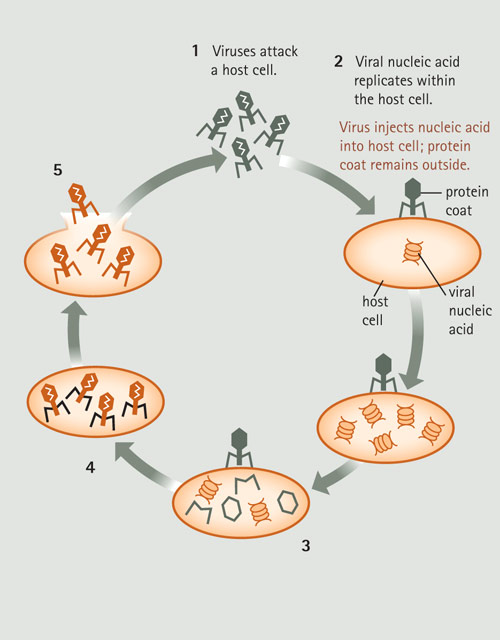Our December Resources Update brings you Hepatitis C Resource Center Blog by the American Journal of Medicine.
If you’re looking to brush up on your hepatitis C knowledge and be updated on progress made in the medical research around the virus, then this resource is for you.
The American Journal of Medicine (AJM) Description: “The “Green Journal” publishes original clinical research of interest to physicians in internal medicine, both in academia and community-based practice. The American Journal of Medicine  is the official journal of the Alliance for Academic Internal Medicine, a prestigious group comprised of chairs of departments of internal medicine at more than 125 medical schools across the country. Each issue carries useful reviews as well as seminal articles of immediate interest to the practicing physician, including peer-reviewed, original scientific studies that have direct clinical significance, and position papers on health care issues, medical education, and public policy. The journal’s ISI factor – the international measure of cited manuscripts and scientific impact – is fourteenth in the world among all general medical journals. The Editor-in-Chief is Joseph Alpert, MD. ” – About Our Hepatitis C Blog
is the official journal of the Alliance for Academic Internal Medicine, a prestigious group comprised of chairs of departments of internal medicine at more than 125 medical schools across the country. Each issue carries useful reviews as well as seminal articles of immediate interest to the practicing physician, including peer-reviewed, original scientific studies that have direct clinical significance, and position papers on health care issues, medical education, and public policy. The journal’s ISI factor – the international measure of cited manuscripts and scientific impact – is fourteenth in the world among all general medical journals. The Editor-in-Chief is Joseph Alpert, MD. ” – About Our Hepatitis C Blog
Hepatitis C Blog Description: “The goal of this global hepatitis C blog is to encourage communication and break down communication barriers so clinicians and their supportive care teams can effectively confront the challenges associated with screening, diagnosing, treating, and managing increasing numbers of individuals with hepatitis C. This blog is supported by Elsevier Multimedia Publishing and the American Journal of Medicine (AJM), and serves as a companion to their comprehensive, online, global educational initiative, the AJM Hepatitis C Resource Center (hepcresource.amjmed.com).” – About Our Hepatitis C Blog
 AJM Hepatitis C Resource Center Description: “The AJM Hepatitis C Resource Center provides both primary care providers and specialists with continually updated treatment guidelines, and an up-to-date repository of informative, freely-available, full-text articles to encourage effective HCV screening and diagnosis, and to highlight the promise of novel treatment regimens.” – About Our Hepatitis C Blog
AJM Hepatitis C Resource Center Description: “The AJM Hepatitis C Resource Center provides both primary care providers and specialists with continually updated treatment guidelines, and an up-to-date repository of informative, freely-available, full-text articles to encourage effective HCV screening and diagnosis, and to highlight the promise of novel treatment regimens.” – About Our Hepatitis C Blog


